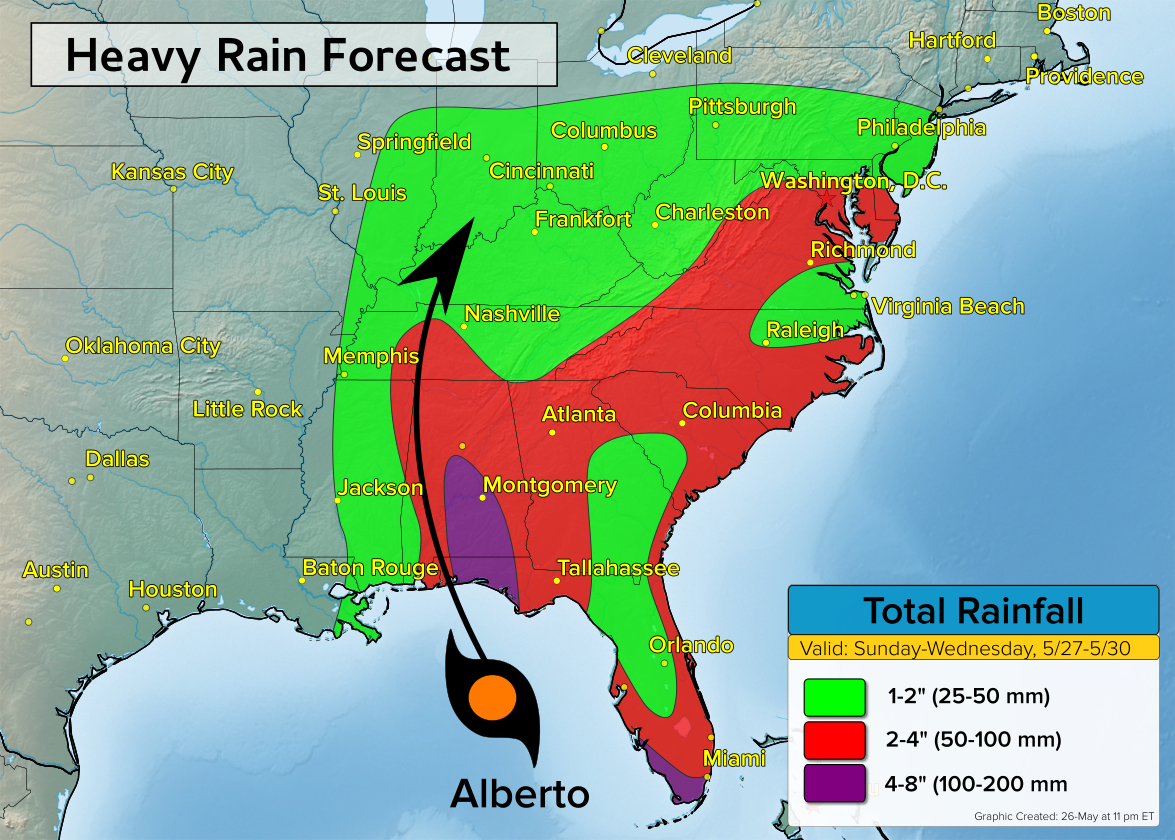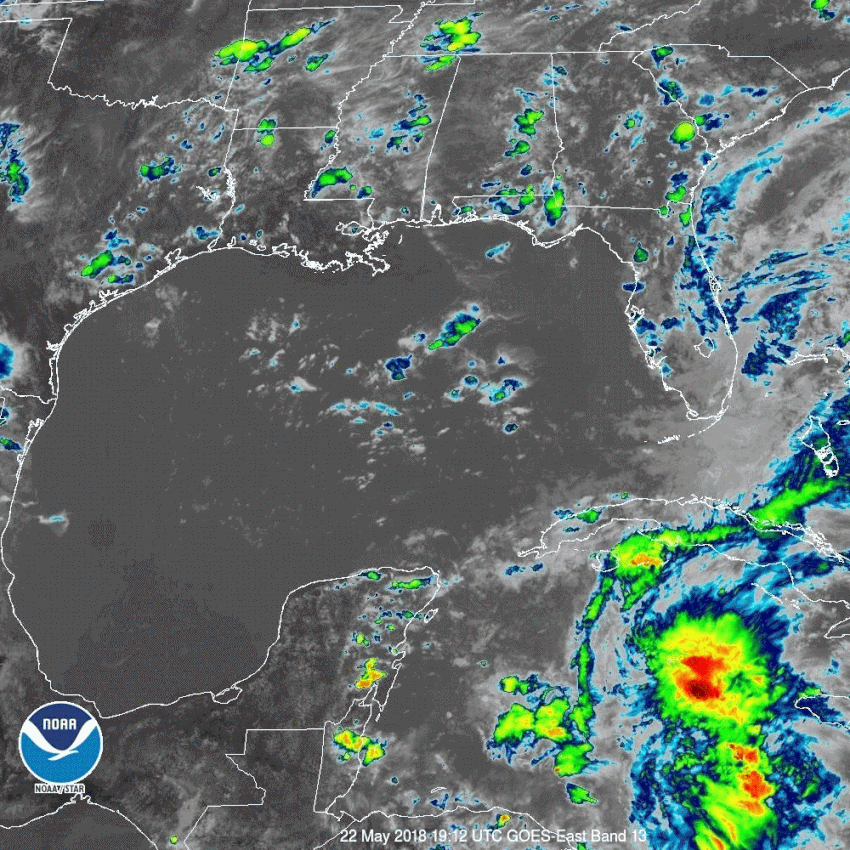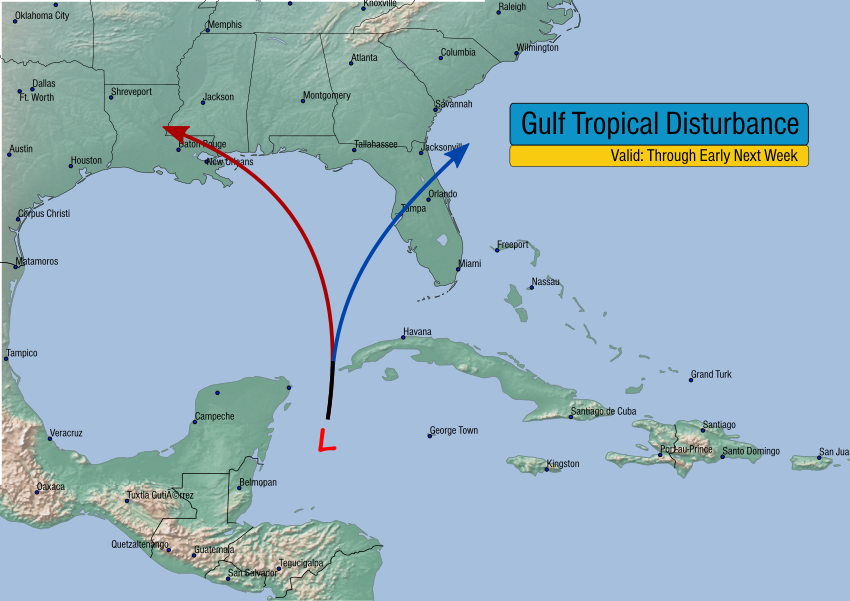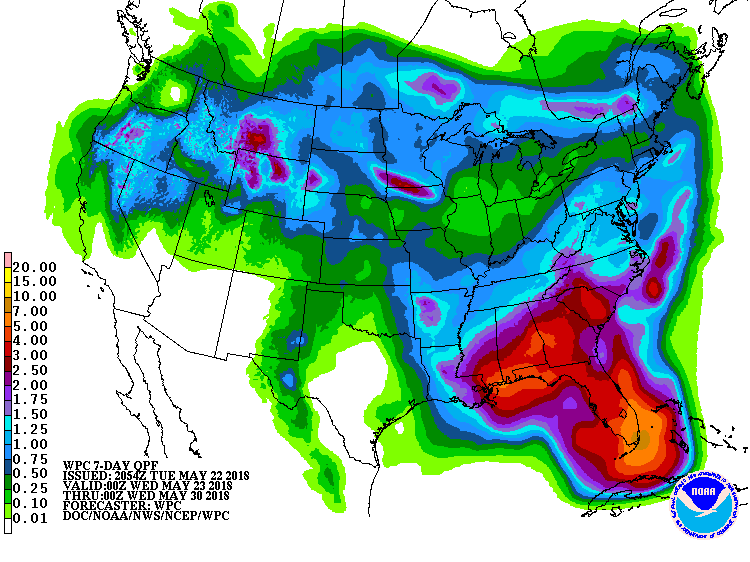Flash Flooding Inundates Ellicott City, Baltimore Area Sunday Afternoon
A persistent area of showers and thunderstorms have brought severe flash flooding to the Baltimore, Maryland suburb of Ellicott City Sunday afternoon.
Thunderstorms developed in the area just after 2 pm local time and became nearly stationary for almost hours dropping 7.47 inches of rain on the town. At one point, 1.30 inches of rain fell in just 15 minutes; a rate of 5.20″ per hour.
The following are a series of tweets containing pictures and videos from people that were in Ellicott City as the flash flooding was occurring.
Tweets from the Ellicott City flash flooding
In case it’s not clear yet, stay away from Main Street. Please. pic.twitter.com/FO1HFpYqMo
— Libby Solomon (@libsolomon) May 27, 2018
It’s happening all over again. Main Street in @EllicottCity with devastating flooding. @CairnsKcairns @FOXBaltimore @wbaltv11 @wjz video courtesy my sister Kali Harris. (Explicit language) #EllicottCity #Maryland pic.twitter.com/IuwBRyPRzW
— Jeremy Harris (@JeremyHarrisTV) May 27, 2018
Front door to Phoenix Emporium is blocked by a tree and water. Front window is breaking. pic.twitter.com/96LY1F20ix
— Max Robinson (@DieRobinsonDie) May 27, 2018
Radar loop from the Baltimore area Sunday afternoon and evening

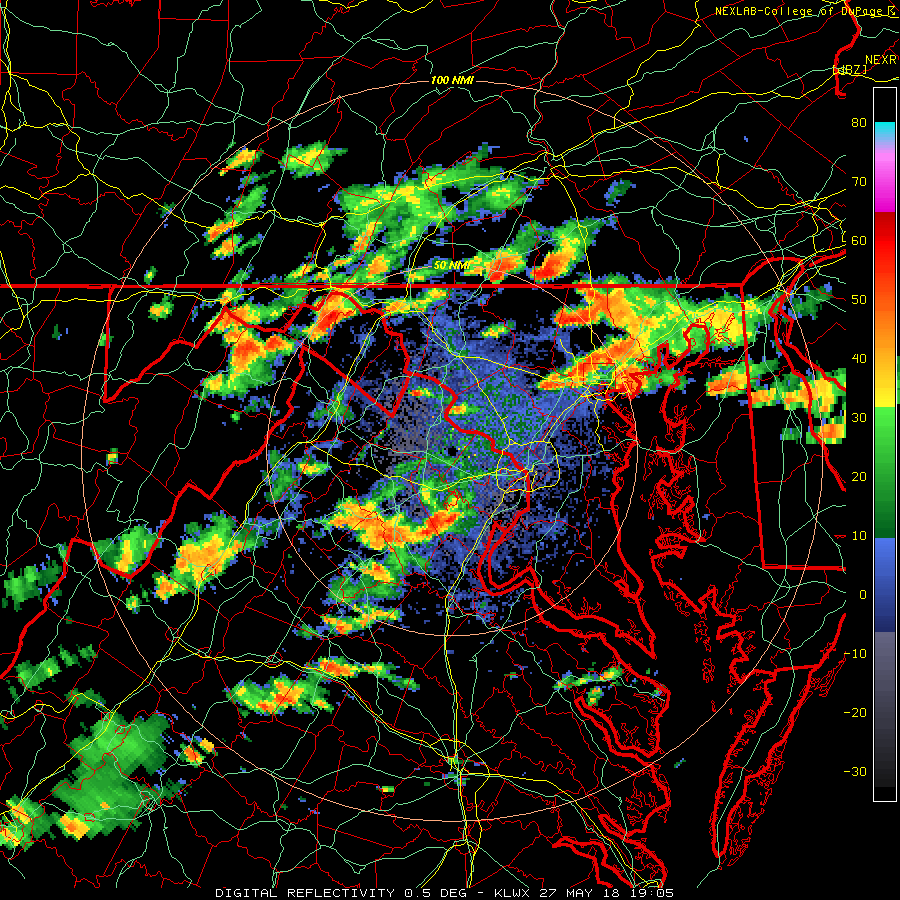
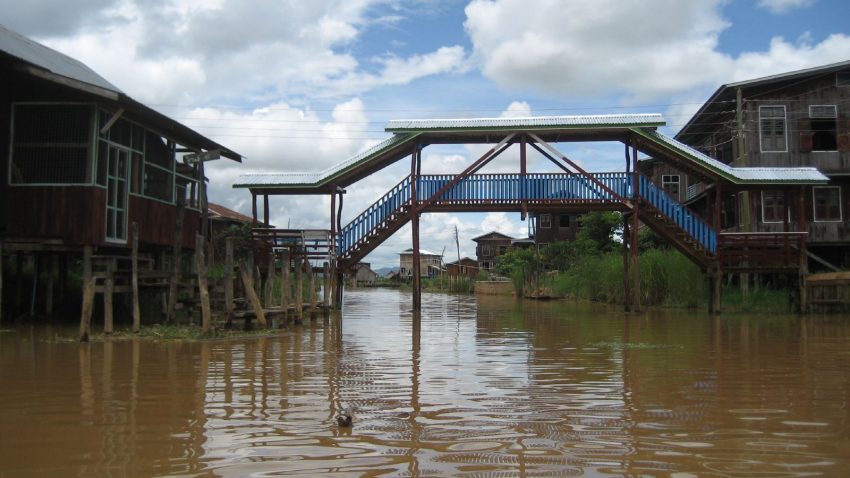
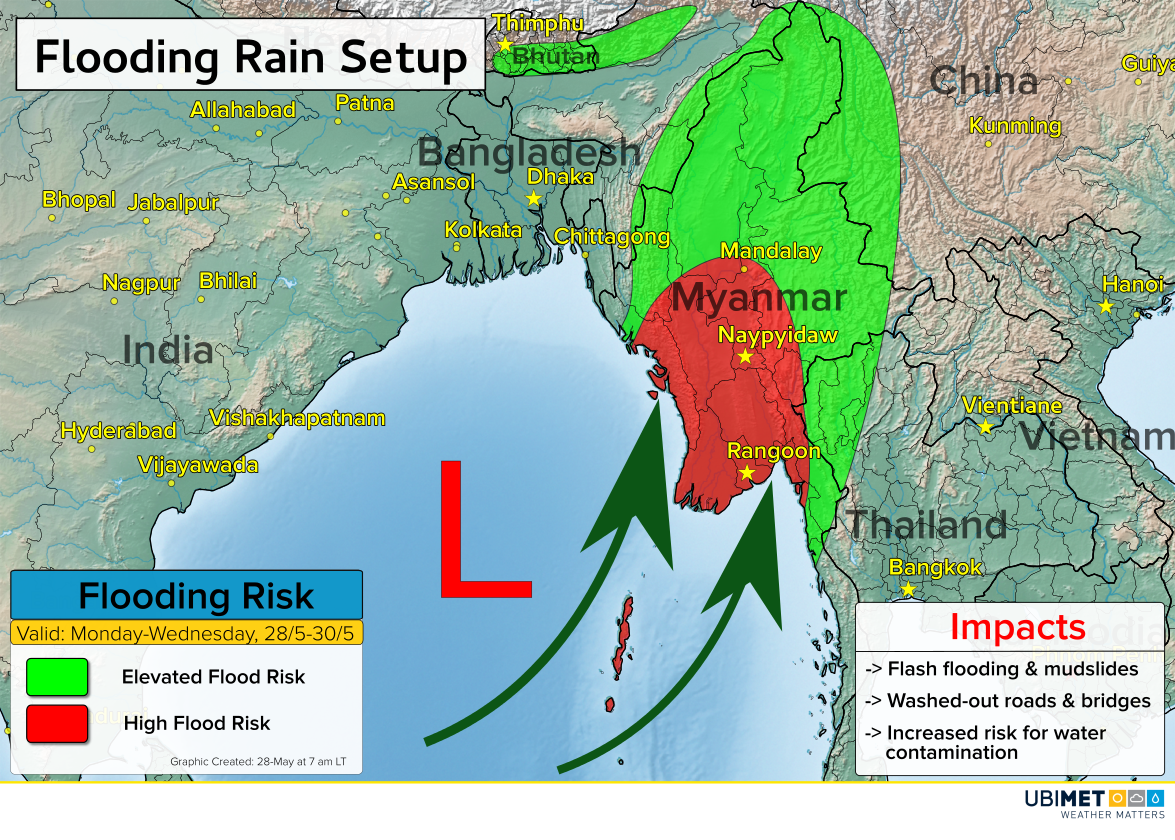
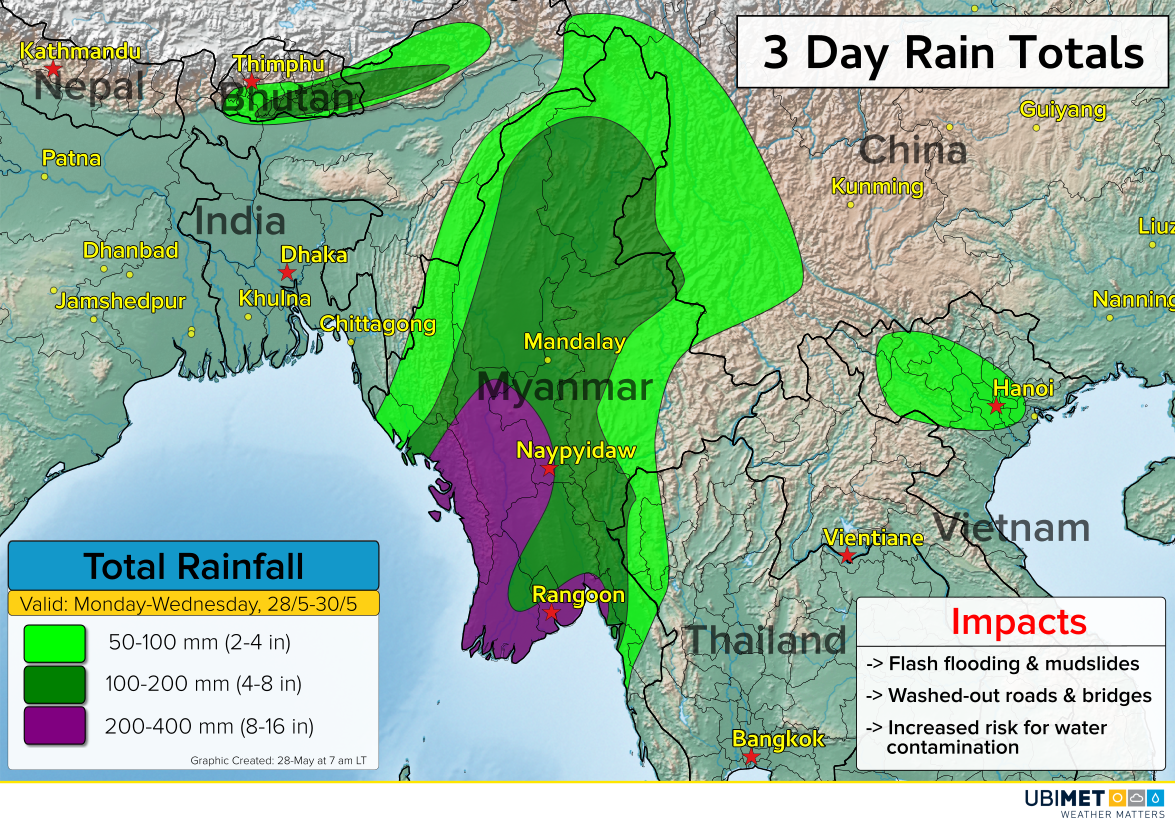
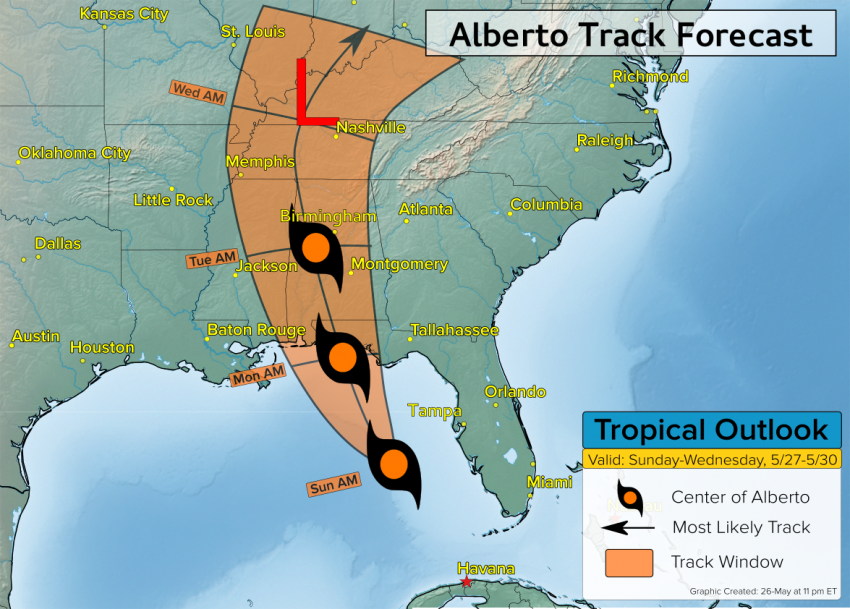
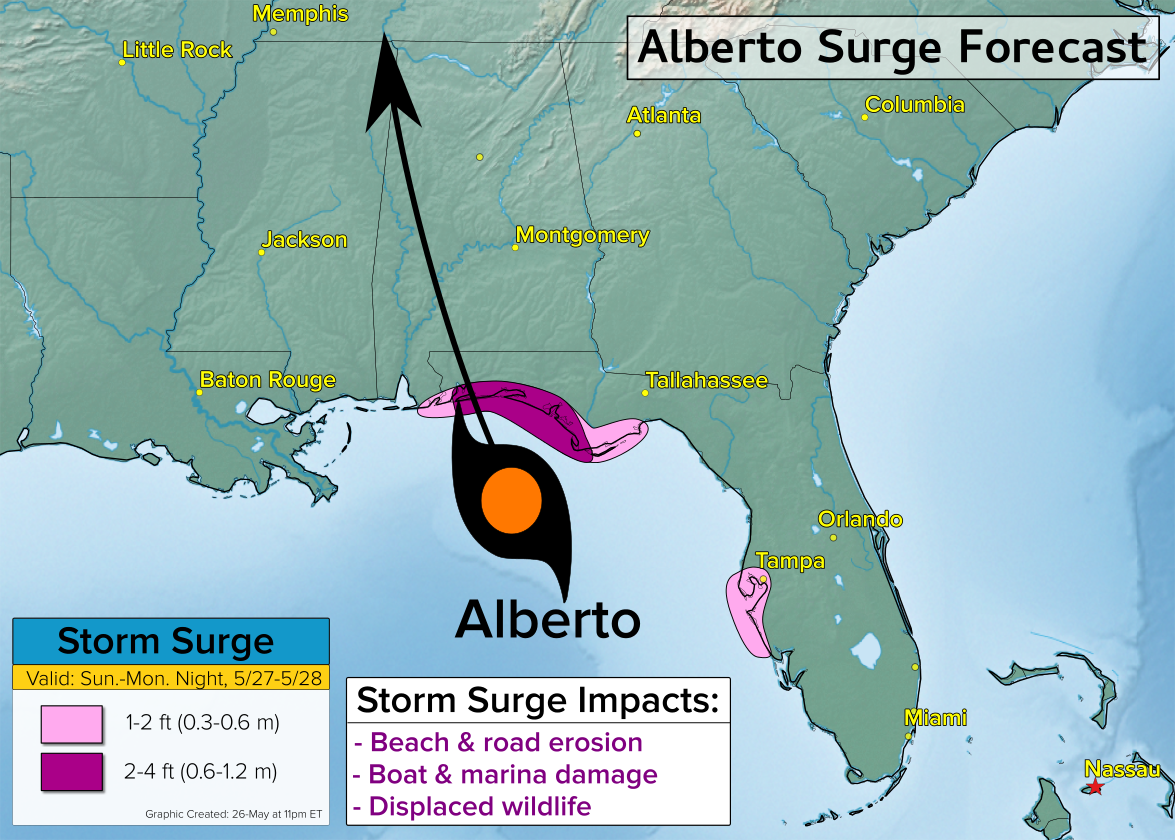
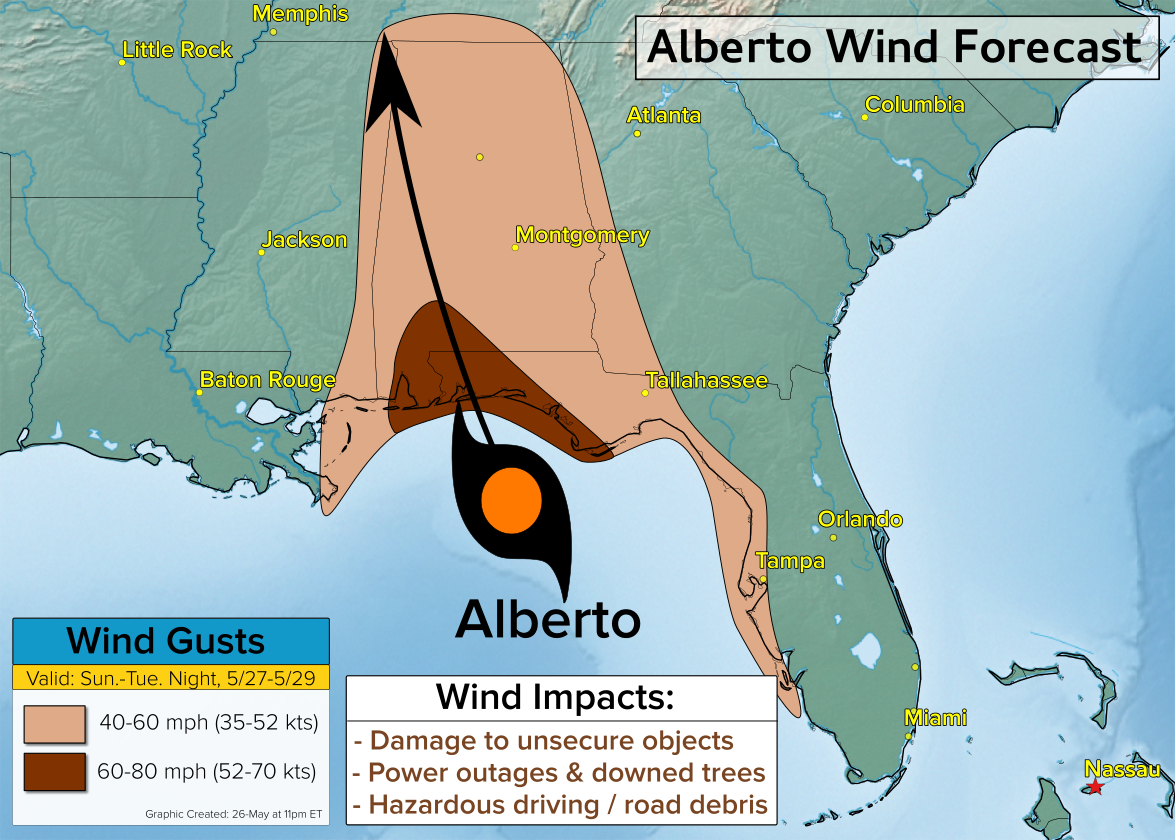 Alberto will also bring an abundance of tropical moisture northward from the Caribbean and Gulf of Mexico. The tropical moisture associated with Alberto will interact with a frontal boundary over the mid-Atlantic to bring a widespread area of heavy rain through Wednesday.
Alberto will also bring an abundance of tropical moisture northward from the Caribbean and Gulf of Mexico. The tropical moisture associated with Alberto will interact with a frontal boundary over the mid-Atlantic to bring a widespread area of heavy rain through Wednesday.